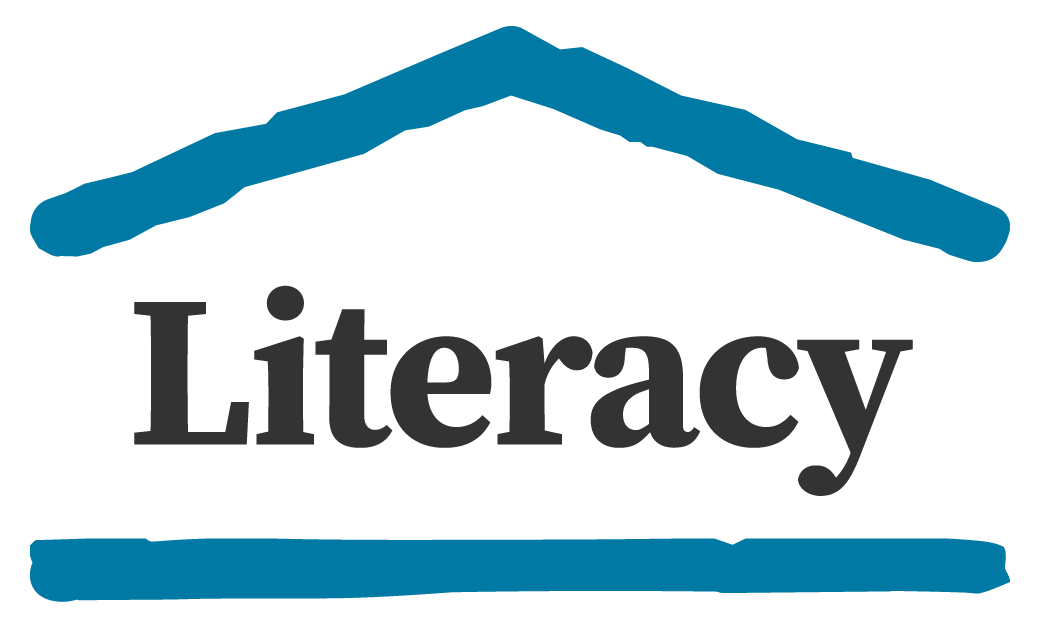We know how to solve the illiteracy crisis. Room to Read's approach not only works for all children – it works at scale. Our innovative Literacy Program results in some of the strongest positive learning outcomes in the sector and is the only global literacy organization that effectively combines these three core elements: Room to Read is breaking the cycle of childhood illiteracy and poverty in a single generation.

Literacy
Quality education is an inherent human right
And yet, a quality education remains out of reach for millions of children around the world. The COVID-19 pandemic created a global education emergency and we are in the midst of a worsening illiteracy crisis.
70% of children in historically low- to middle-income communities cannot read and understand a simple text by the age of ten.
2.4 million more teachers are needed to provide every child with a primary education by 2030. In the rush to fill this gap, many countries are lowering standards, leaving new teachers with little or no training.
In many under-resourced communities, quality, culturally relevant children’s books for early readers are limited or nonexistent.
Without action, current education systems will continue to deny the fundamental right to quality education for millions of children for decades to come.
Room to Read's Approach to 
Effective literacy instruction
Our proven, data-backed instruction method combines the science of learning to read with the magic of loving to read. We know that how we teach is just as important as what we teach.
Teacher TrainingEngaging, child-friendly libraries
We partner with schools to establish libraries and advocate with governments to ensure every child has access to a child-friendly library filled with developmentally appropriate, diverse and engaging books.
Room to Read LibraryQuality, local language children's books
Through our unique role as a nonprofit book publisher, Room to Read partners with local publishers, authors and illustrators to create and distribute diverse, culturally relevant children's books that inspire a love of reading.
Children's Book Publishing
Educators Equipped to Get Kids Learning
We know that how we teach is just as important as what we teach. Room to Read trains teachers and librarians in literacy and library best practices and it shows. Grade 2 children in Room to Read partner schools read on average more than twice as many correct words per minute and correctly answer 70 percent more comprehension questions compared to their peers in comparison schools. Room to Read also assists educators in developing their skills and knowledge on effective literacy instruction and library management, with ongoing job-embedded support from literacy coaches. Our reading instruction is centered around engaging and evidence-based instructional materials that are developed and published by Room to Read, such as local language student textbooks with accompanying teacher guides.
Locally Adaptable
Our Literacy Program operates successfully in tens of thousands of communities globally because it can be adapted for any population or context. Most of our staff are from the countries and communities where they work. This trusted local presence enables Room to Read to contextualize programs to better meet the needs of local students and families, and meet students where they are – whether in the classroom or learning from home – including hand-delivering books and learning packets to children’s homes, broadcasting lessons over the radio, sending mobile libraries to remote villages, and digitizing our books on our online platform, LiteracyCloud.org.
Our approach not only works for all children – it works at scale. By building literacy skills alongside reading habits, and by engaging governments and other NGOs to use this highly effective methodology, we are cementing the foundation for systemic change in education and paving an inclusive path toward ending global illiteracy. Through partnerships with governments, public school systems and other NGOs, Room to Read is reshaping education systems at the national level. In fact, Room to Read is often the only NGO invited by governments to join advisory committees to inform nationwide curriculum development, teacher training and school library standards. Sustainable & Scalable














